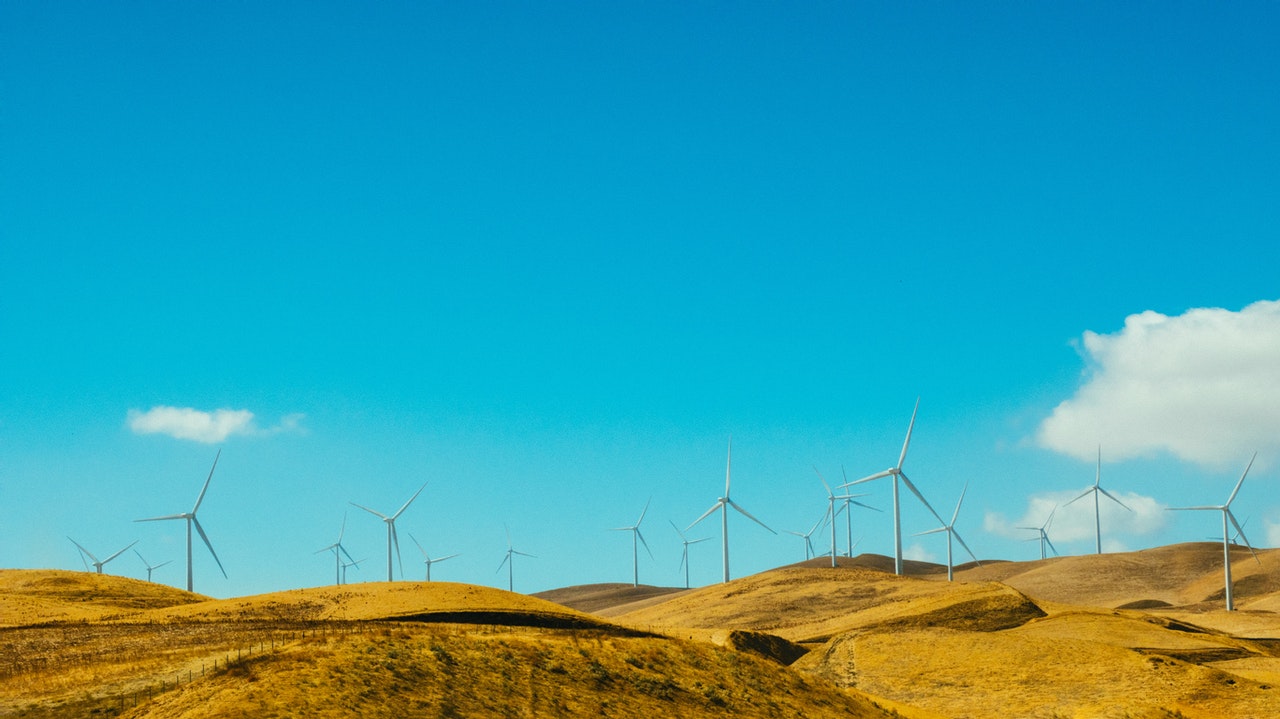In 2022, global energy sector investments will increase by 8% compared to 2021 and reach $2.4 trillion, as data from the International Energy Agency (IEA) shows.
Most of this increase will come from investments in renewable energy sources (RES) and grids and energy efficiency improvements.
In the five years since the Paris Agreement was signed in 2015, investment in renewables grew at only 2% per year, but from 2020, the growth rate has accelerated significantly to 12% per year.
Spending has been bolstered by governments’ fiscal support and an increase in sustainable financing, especially in advanced economies.
RES, grid, and storage now account for more than 80% of total investment in the energy sector.
Spending on photovoltaic solar panels, batteries, and electric vehicles is now growing at a rate consistent with achieving global zero emissions by 2050.
The IEA notes rapid investment in new technologies, particularly batteries, low-emission hydrogen, and carbon recovery and storage. Still, the agency acknowledges that much of this growth is due to low-base effects.
Investment in battery energy storage is expected to double to nearly $20 billion in 2022.
At the same time, the IEA recognizes that nearly 50% of the total increase in investment has come from increased costs along the entire chain of building RE capacity, from labor and services to materials such as cement, steel, and essential minerals.
The IEA calls for more significant and diversified investments to alleviate price pressures and create more sustainable clean energy supply chains.
Global exploration spending on such minerals is up 30% in 2021, with increases in the U.S., Canada, and Latin America offering the prospect of a more diversified supply in the coming years.
Another problem the IEA sees is that growth in clean energy spending is unevenly distributed, with most of it in advanced economies and China. In some markets, energy security concerns and high prices are prompting increased investment in fossil fuel supplies, especially coal.
Despite some positives, such as solar power development in India, spending on renewables in emerging and developing countries (excluding China) remains at 2015 levels. It has not increased since the Paris Agreement.
The development of clean energy in developing countries is constrained by insufficient public funds to support RES, weak policies in this area, economic difficulties, and the high cost of borrowing, which reduces the economic attractiveness of capital-intensive RES.
The IEA calls for more support for renewables in developing countries, including from international development institutions, to increase these levels of investment and to overcome growing regional disparities in the pace of energy transition investment.
The IEA has rebuked China for its continued development of coal capacity. Although China has pledged to stop building coal-fired power plants overseas, a significant amount of new coal capacity is flowing into the country’s domestic market.
The IEA notes a 10% increase in coal supply investment in 2021, primarily driven by emerging economies in Asia, and expects comparable growth in 2022.

